Had one read a BBC (Nepali) report where Foreign Minister Narayan Prasad Saud said before Prime Minister Pushpa Kamal Dahal’s( Prachanda) visit to India earlier this month that Nepal was not prepared to take up the Agniveer issue with India, there would have been neither anxiety nor speculation over it. Foreign Secretary Vinay Kwatra at his press briefing confirmed saying that as far as he knew, Agniveer did not come up during the discussions but Prachanda did inform a Nepali journalist after his meetings that he had raised the matter informally and would say more on it on returning to Nepal. That has not happened so far and is unlikely to, in the near future. It may come up for internal parliamentary discussion in the Foreign Affairs Standing Committee but it seems it is low priority when speculation of another regime change is already in the air. But it might have either come up in his restricted talks with Modi or earlier with NSA Ajit Doval. Surprisingly such a crucial strategic issue was not raised in Nepal’s parliament also after the visit. The grapevine in Kathmandu indicates that former prime minister Sher Bahadur Deuba is in Singapore meeting R&AW officials. Singapore and Hong Kong are the usual places where confidential conversations take place between Nepali leaders and Indian agencies. Two weeks ago, a Samajwadi Morcha came into being where former prime minister Baburam Bhattarai and Madhav Nepal (CPN-Socialists), along with Upendra Yadav (Janata Samajwadi Party); former Maoist leader Netra Bahadur Chand; and Prachanda met in Kathmandu. The Samajwadi Morcha took root in Kathmandu with 57 seats in parliament. It is understood that Prachanda wishes to further secure his own position as Prime Minister. But how the Samajwadi Morcha is going to instrumentalise this is not clear as toppling unstable governments has become political pastime. Prachanda’s official visit to China has been rescheduled to late August or early September as number of Chinese CCP leaders including Chinese Ambassador Chong Seng are trying to improve prospects of revival of a Left alliance government. At the same time Prachanda has taken a lot of flak from the opposition for the visit to India which he has called ‘highly successful’. Official or state bilateral visits are never not successful given the hype both sides attach to it. Speaking first during joint statement before the media where no questions were allowed, Prime Minister Narendra Modi pledged to resolving the border dispute and take India-Nepal relations to Himalayan heights without indicating any concrete pathway, given the several irritants and issues dogging the relationship. During his first visit abroad and on his third stint as Prime Minister, Prachanda did not wish to roil relations by raising long-pending issues like Eminent Persons Group, and 1950 Treaty. Prime Minister Modi helped in this by himself raising the emotive border issue. Prachanda was grilled over the Akhand Bharat mural displayed in India’s new Parliament showing Lumbini as part of India. Lumbini is a very sensitive issue in Nepal – every public or private bus or transport carries the hoarding ‘Lumbini is part of Nepal’. The unsatisfactory response of Parliamentary Affairs Minister Pralhad Joshi was that it was a cultural and historical map. He should simply have acknowledged that Lumbini is a part of Nepal – and the matter would have ended there, hopefully. The engineer cum rapper Mayor of Kathmandu the effervescent Balendra Shah ordered his office to hang a map of Greater Nepal that would include all territory from Rivers Sutlej to Teesta rive which was the peak of the Nepali empire. Similarly, Harka Sampang, Mayor of Dharan, ordered a new map incorporating territories claimed in India. In Parliament, there was long discussion on the border issue. The opposition Rashtriya Swatantra Party, Rashtriya Prajatantra Party and CPN UML questioned Prachanda whether he had cited the Bangladesh model – exchange of enclaves – with Mr Modi. Prachanda insisted that he had not recommended the Bangladesh model in any territorial exchange to settle the boundary dispute. Nepalese media went to town citing a possible solution to the boundary dispute of a land corridor between Nepal and Bangladesh near Siliguri Corridor emanating at Kakarbhitta in Nepal as a swap for territory in Indian occupation including Kalapani. Prachanda said that he rubbed the point that territory currently being occupied by India belongs to Nepal – “I wanted to establish the truth that Kalapani belongs to Nepal, as also Lipulekh and Limpiya Dhura.” He claimed that he had spoken clearly and openly with Prime Minister Modi to resolve the dispute. What is notable is that this is the very first time that any Indian prime minister has said that the border problem will be resolved and India-Nepal relations brought to Himalayan heights. The Nepali media also questioned why the visiting prime minister did not meet any opposition leader. On the deliverables, it could be said that economics triumphed over politics. A number of hydroelectric projects were commissioned including reviving the1990’s era Pancheswar Mahakali 5,000 MW project. A final DPR is to be presented within one year to both governments. The Nepalese request to increase sale of power to India from the current 500 MW was increased to 10,000 MW in 10 years. Similarly, Nepal had been urging India to let it sell power to Bangladesh via India. India yielded by committing to sale of 40 MW to Bangladesh via Indian transmission lines. A trilateral agreement is to be signed shortly between the three countries. The focus in bilateral relations was on development with Kwatra calling it India-Nepal Development Partnership. Dahal’s own makeover went unnoticed. This is the first time of his four visits that he wore the Nepali Daura Suruwal and not a western suit. It is also the first time that his daughter Ganga Dahal accompanied him and sat through bilateral meetings for which he was heavily criticized. For example, when National Security Advisor Ajit Doval came to call on him at the Maurya Hotel, Ganga Dahal was present during the conversations. It is probably here that he might have raised the issue of Agniveer. Nepali Gorkhas are known to be joining the Russian Army as recruitment is accompanied with lucre of citizenship. Many have joined the French Legion. All this because of Agniveer’s unattractive terms of engagement which is damaging the Indian Gorkha Brigade’s longevity. Doval who is hands on in India’s Nepal policy can retrieve the situation. The author is a veteran of Gorkha Regiment who has travelled in Nepal since 1959, understands it’s domestic politics and was involved in back channel with Maoists. Views are personal. Read all the Latest News, Trending News, Cricket News, Bollywood News, India News and Entertainment News here. Follow us on Facebook, Twitter and Instagram.
National Security Adviser Ajit Doval who is hands on in India’s Nepal policy can retrieve the situation that has evolved because of the implementation of the Agnipath scheme in the Indian military
Advertisement
End of Article


)
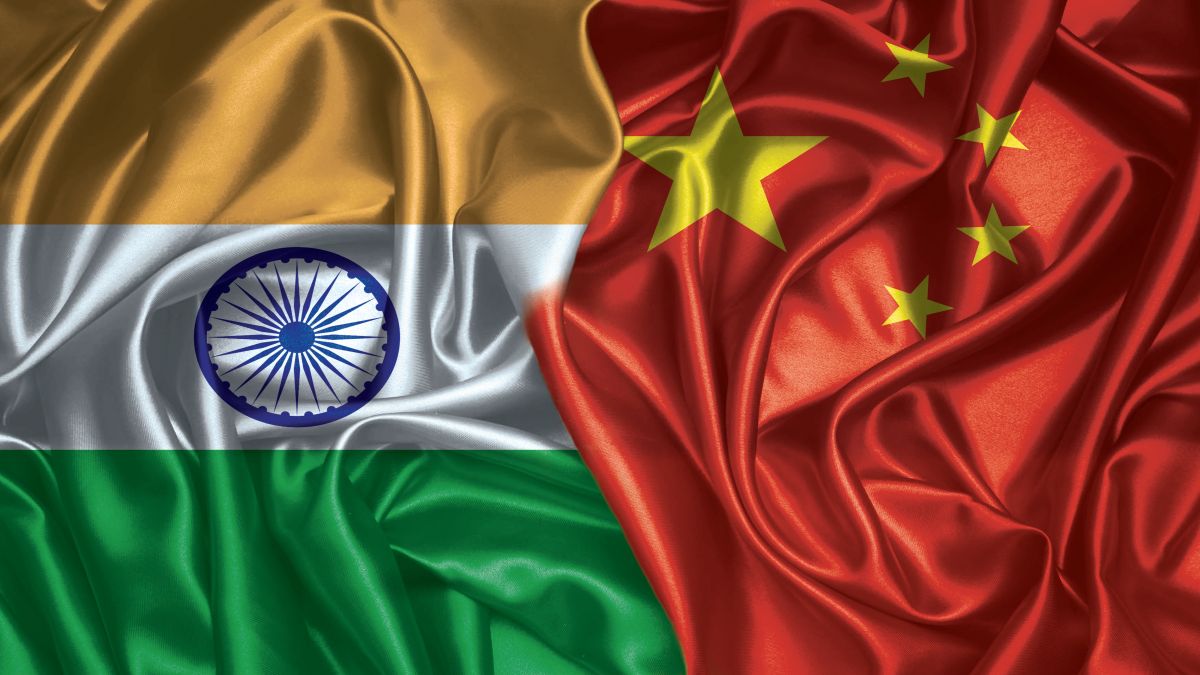
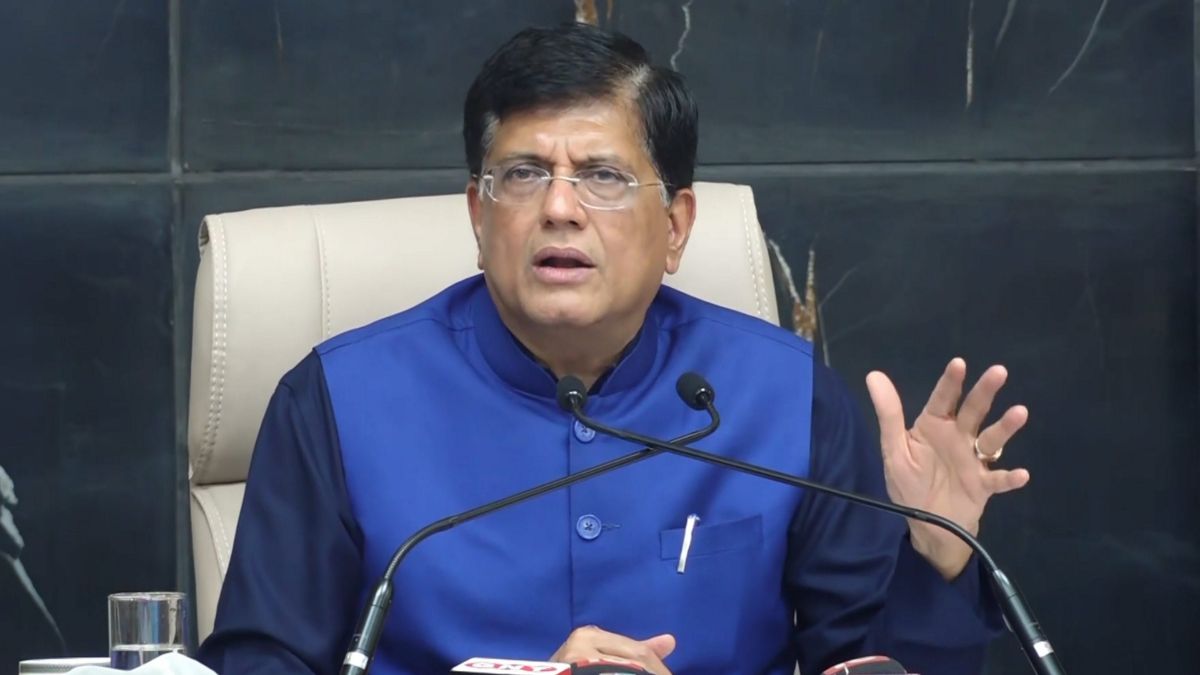)
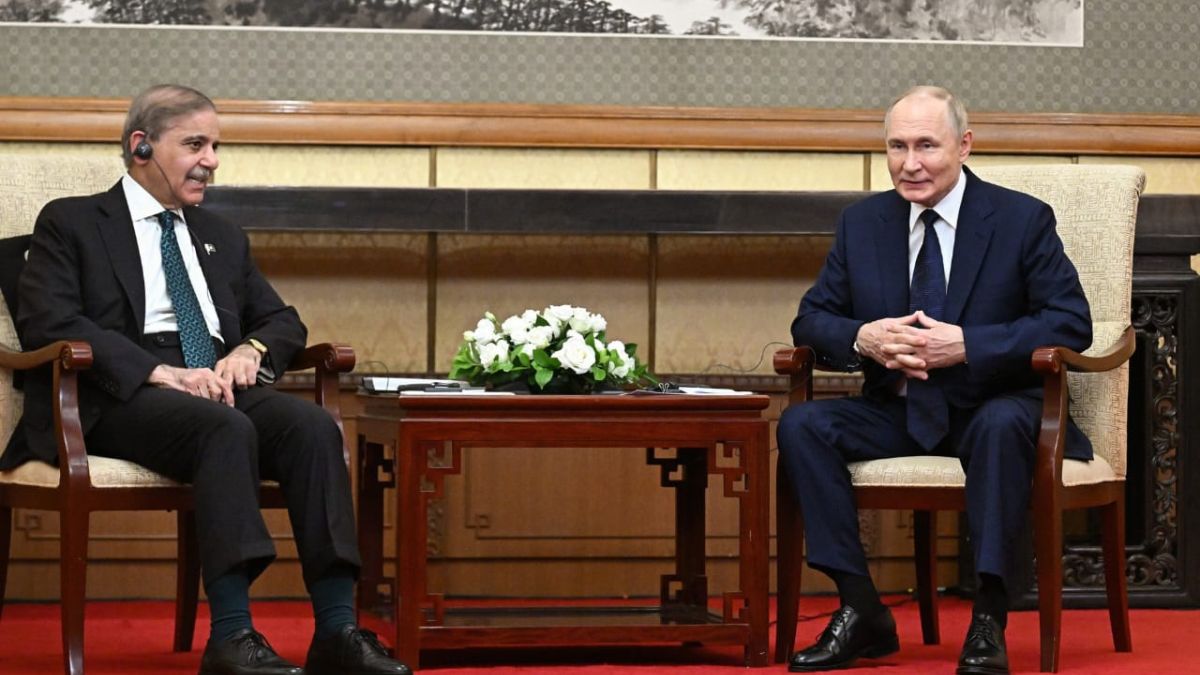)
)
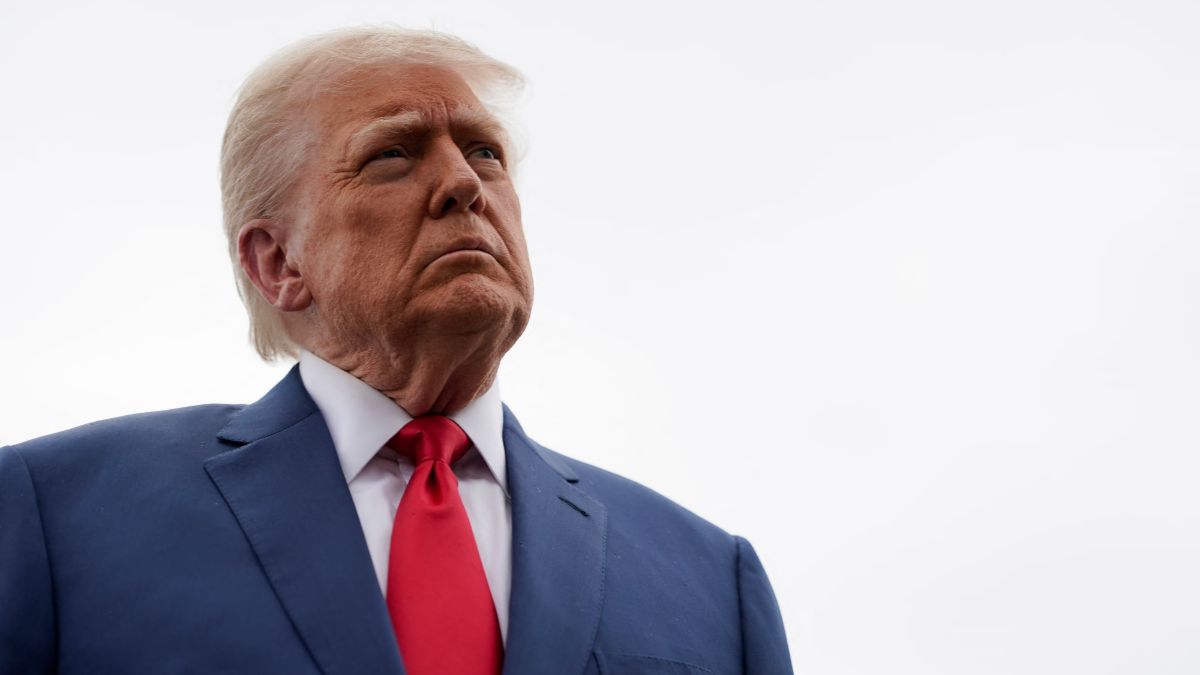)
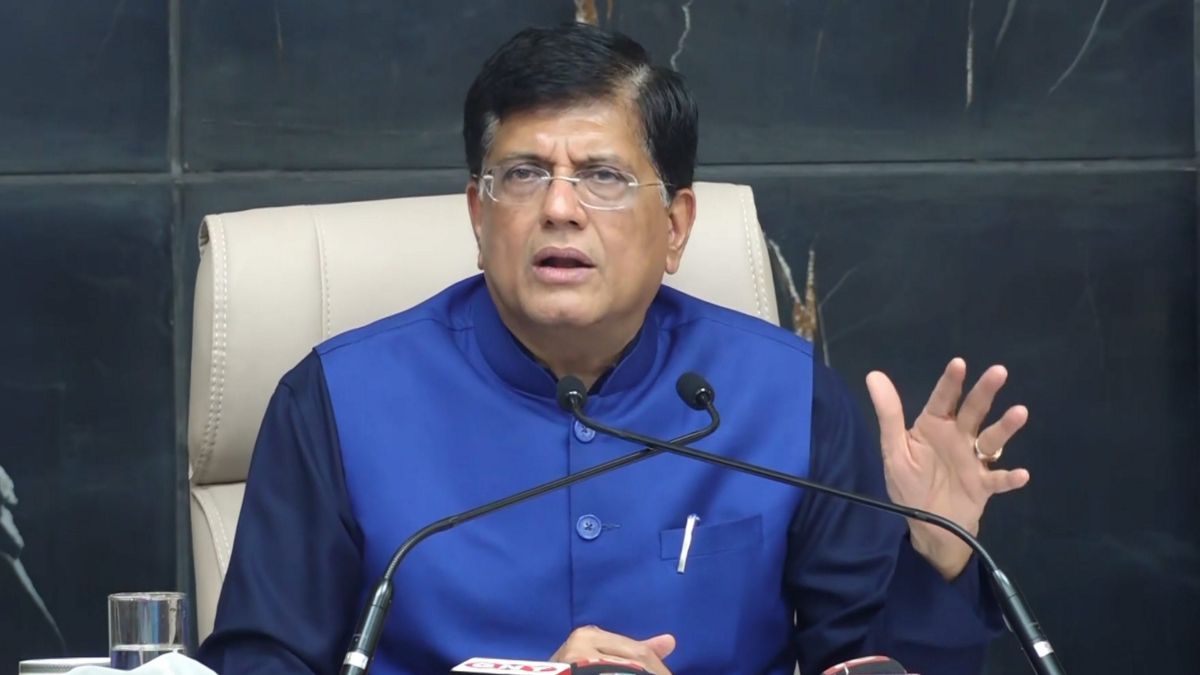)
)
)
)



